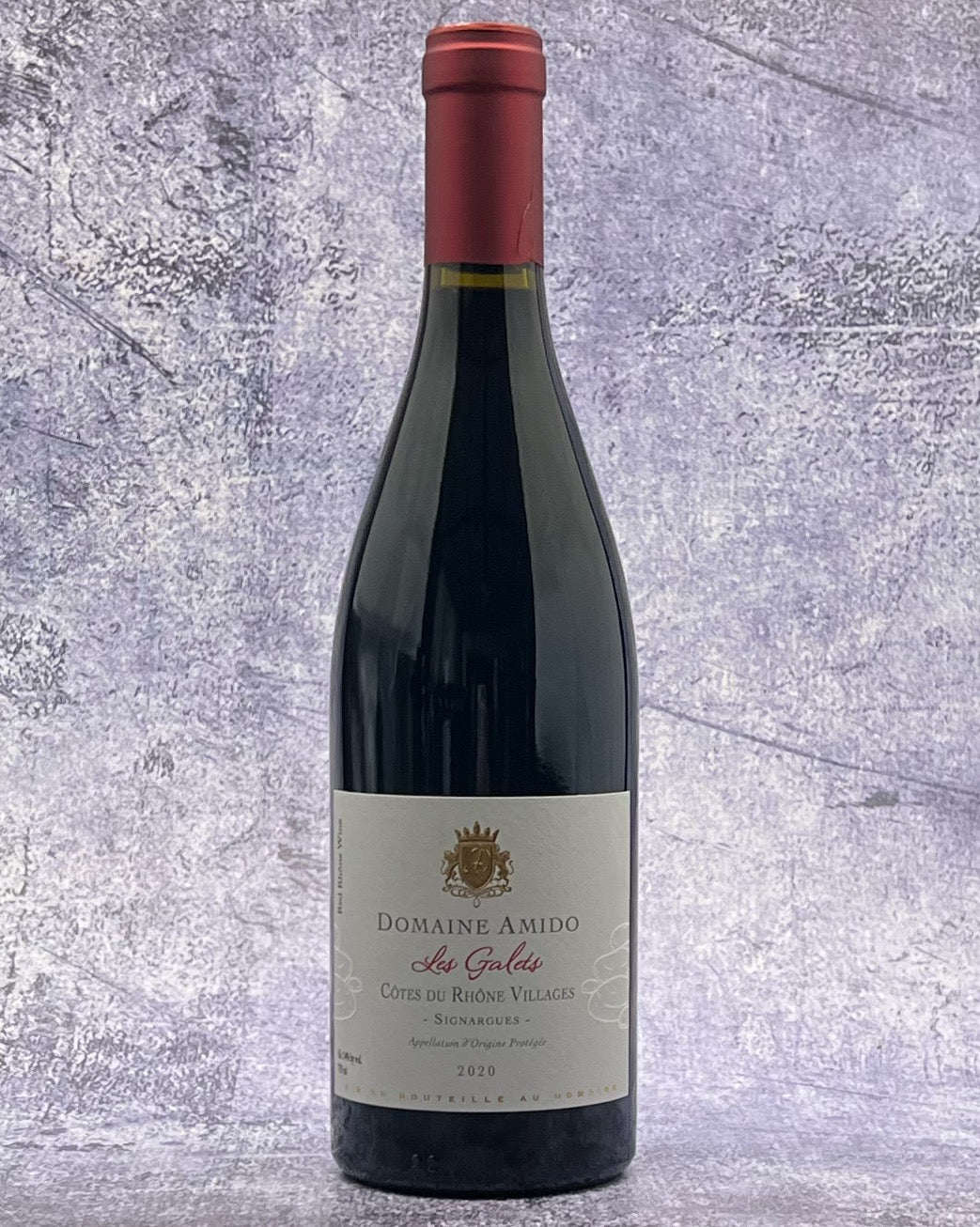From: Southern Rhône, France
Blend: 70% Grenache, 20% Syrah and 10% Mourvedre
Taste: This is one of those red wines that punch far above its weight— don’t let the price fool you! Predominantly Grenache from extremely low-yield vineyards, this lovely red shows off lush, effusive fruits (black cherry, ripe raspberry, and juicy plum (without being “plummy”)), that meld seamlessly with notes of baking spice, and a hint of pepper and licorice.
Pairing: Wines from the Southern Rhône tend to be extremely versatile on the table, and this wine is no exception. Some ideas for pairing include serving this wine next to roast beef with mushrooms and potatoes, herb-crusted chicken thighs, lamb chops, bbq pork, bean/beef/lamb burgers, meatballs, Mediterranean dishes (check out the recipe below!), cassoulet, and casual, weeknight takeout like gyros, tacos, burgers, pizza, and pasta.
Cumin Lamb Meatballs With Tahini Yogurt Dipping Sauce
By Melissa Clark
About. Many thanks to importer Charles Neal for the following. Tavel, Gard
Located in Tavel but with some parcels in neighboring Lirac, Domaine Amido has always been a true family estate. Christian Amido, who sadly died from complications of a brain aneurysm, was a soft spoken man who had been under his doctor's care since I had gotten to know him in 2001. Against his doctor's orders, he frequently smoked while pulling samples to taste out of various casks. Ironically, in the three years previous to his death, he had completely renovated his chai, installing a new press and replacing his cement tanks with a fleet of stainless steel. His domaine was poised to move onto the next level.
But it was not to be with him at the helm. And so, the next generation at Domaine Amido arrived, including his daughters Nathalie and Dominique, and his granddaughter Amandine along with her winemaking husband Antoine Berthaud. Together they work the 27 hectares of vines the family owns.
This wine. Domaine Amido Côtes du Rhône Villages-Signargues
The wine is made with 70% Grenache, 20% Syrah and 10% Mourvedre, and aged in tank. It is forward and fruity, yet with and underlying seriousness that helps it to resemble the more expensive Lirac.
The area. “Even the name sounds Southern!” So it’s no coincidence that Signargues is, in fact, the southernmost of the Côtes du Rhône Villages appellation vineyards with geographical name. Situated midway between Avignon, the city of the Popes, and the Roman aqueduct of Pont du Gard, Signargues is also full of history. In 736 it was the scene of a fearsome battle between Charles Martel’s troops and the Saracens then occupying the south of France. The first part of the name, “Sign”, refers to the blood shed during these historic invasions, while “Argues” derives from the name of the Roman city. And the vineyards are still there, bearing witness to this historic past. They are planted on what used to be the Rhône’s riverbed, one of the region’s most notable terroirs. As it journeyed down from the Alps, the river deposited rounded cobbles, red with iron oxide. These vines produce some of the best red wines; the ever-present garrigue gives them distinctive aromas of forest undergrowth and black fruit.
The Signargues plateau was occupied by the Romans. Traces of these times still exist, as seen in the form of a double-faced statuette of Bacchus and Ariadne found by archaeologists and now on display in the Louvre.
Signargues first came to prominence in 736, when Charles Martel fought and overcame the Saracens. In gratitude for this victory, King Francis built a chapel here, dedicating it to Saint Jean of the Vines.
The appellation was awarded Côtes du Rhône Villages Signargues status in 2005.
GEOGRAPHY
Territory: The Signargues vineyards span the 4 communes of Domazan, Estézargues, Rochefort du Gard and Saze.
Climate: At an average altitude of 150 metres above the Rhône, the climate here is Mediterranean – hot and dry, and heavily influenced by the Mistral wind.
Soils: Terraces of rounded cobbles over Pliocene sand or marl, colored red by iron oxide.

